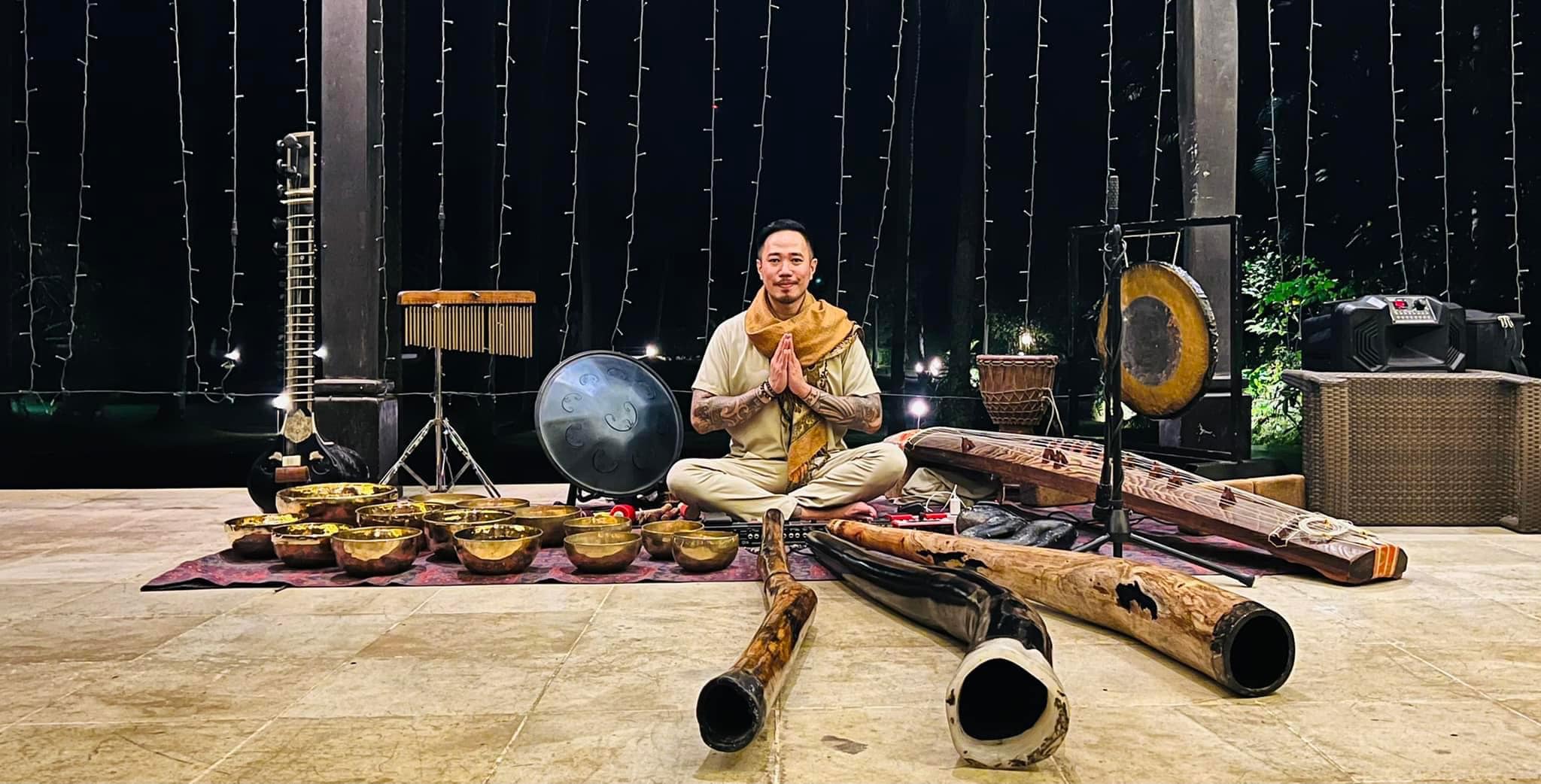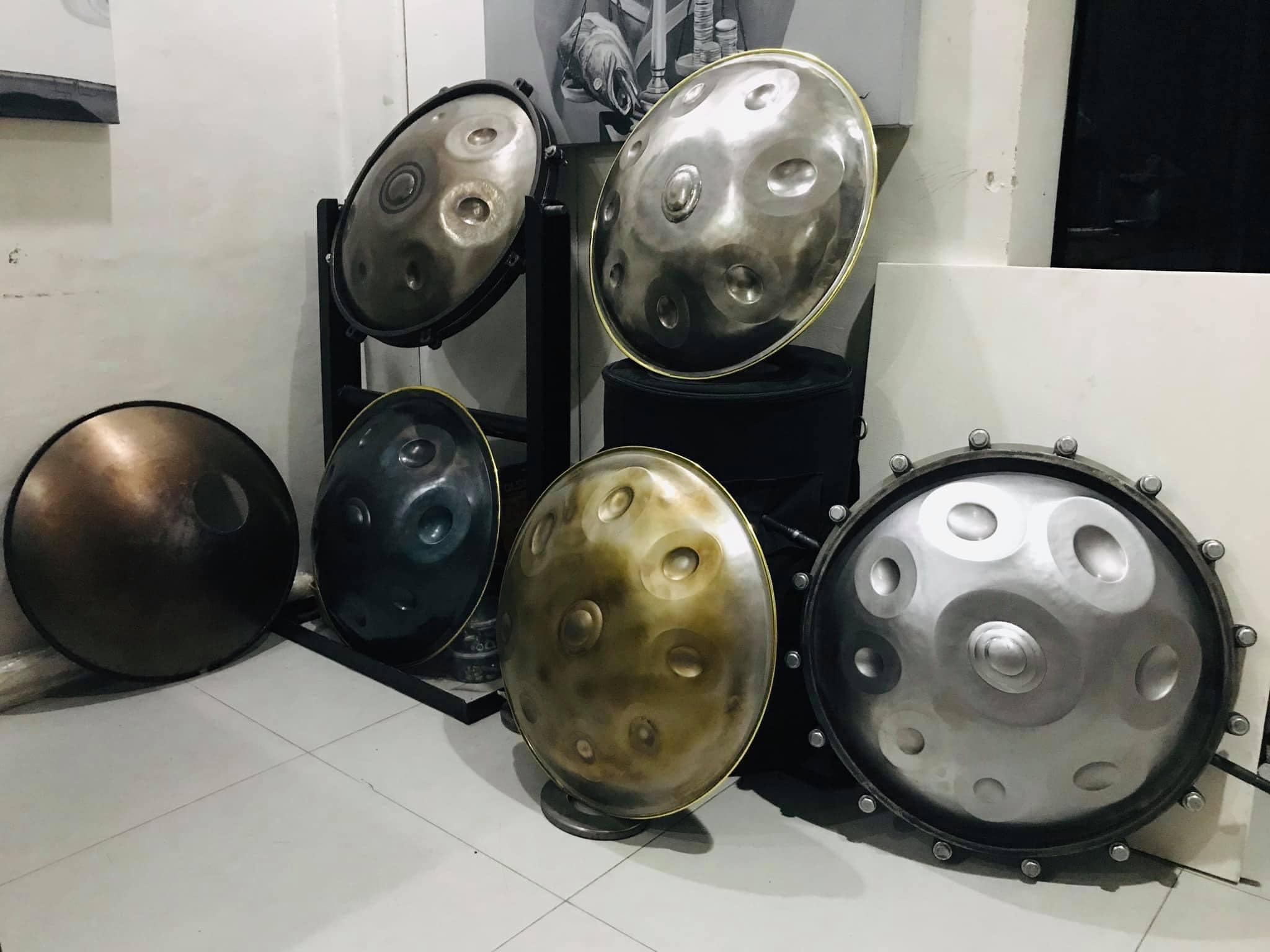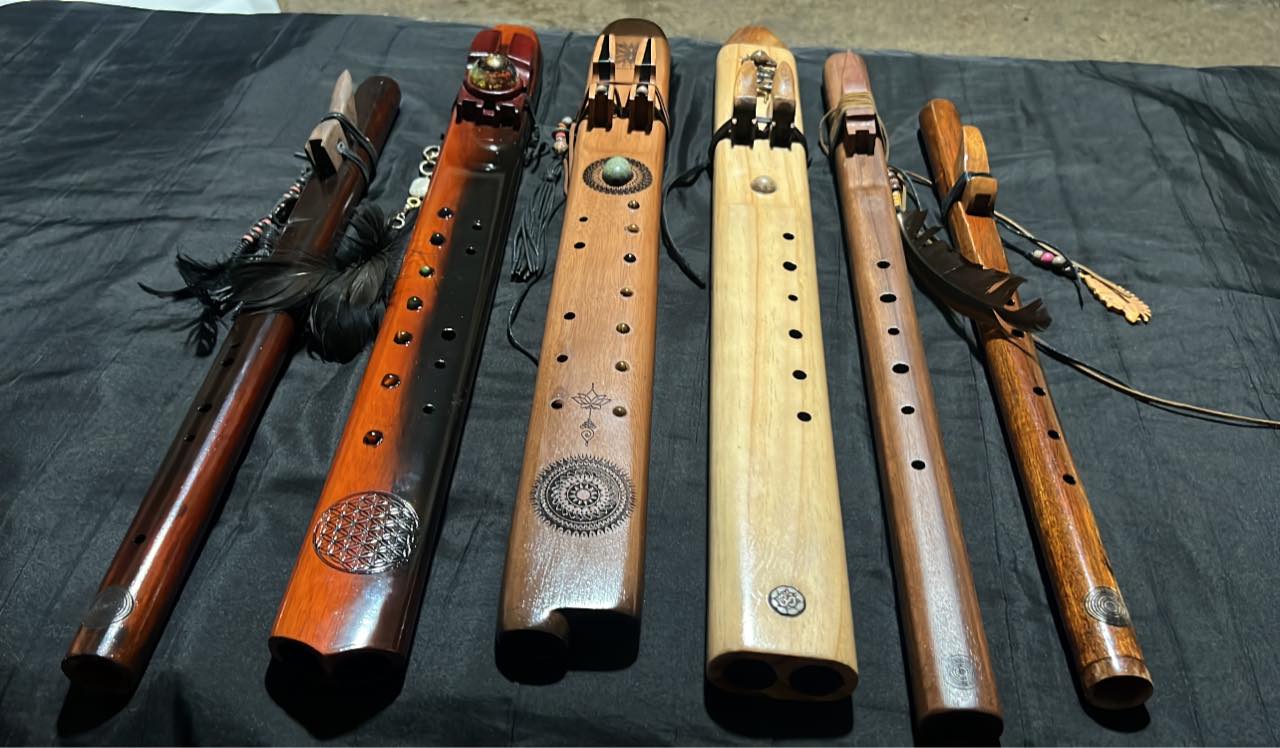Do you hear what I hear—It's healing
As there is the memory of scents, there is the memory of sound or, to be precise, the frequency of sound that humans are inextricably connected to.
“Marcos Resign! Marcos Resign!”
Chanted a group of protesters on my feed recently, objecting to a list of recent and not-so-recent government actions and inactions. Their calls were accompanied by the heavy sound of thudding rotorblades of a number of low flying helicopters (bound for a golf course nearby). All this hullaballoo instantly brought me back to the days of the 1986 revolution and subsequent life in exile.
As there is the memory of scents, there is the memory of sound or, to be precise, the frequency of sound that humans are inextricably connected to.
Sound can bring about a gamut of emotions—joy, happiness, sadness, fear, anxiety... For me, the thudding noise of helicopter blades brings about the associated feelings of fear, anxiety, and uncertainty I experienced when I was barely 18 years old and now, on a full day as an empty nester in an empty house, a reminder that my children are far away was thrown into the mix. It’s certainly a recipe for inner discord! I knew then that I needed to realign myself. I needed to recalibrate. I needed to find peace.

An hour and a half away south of Manila, in a quiet neighborhood in Lipa, Batangas, I found sound alchemist LJ Navera. I spent part of the morning and afternoon learning more about the healing qualities of sound and his collection of musical instruments, most of which were handmade by LJ himself. I met LJ a few weeks ago at the book launch of our common friends Jetro Rafael and Robert Alejandro. The book entitled Living Food: A Healing Journey is not only a memoir of the couple but a lovingly curated cookbook of living food to heal the weary mind, soul, and body. The event was sensorial, to say the least, with Jetro’s culinary tablescapes, The Lobotonist’s scentscape, and the auditory backdrop provided by LJ, whose advocacy, music or sound therapy, intrigued me.
I first heard about sound therapy from a CNN news report eons ago: Some hospitals in Europe and America were experimenting on how sound could help the rate of a patient’s recovery. A number of years later, when I was vice-chairperson of the National Music Competition for Young Musicians (NAMCYA,) I was reminded of it again. I sat on the board with the late Sr. Ma. Anunciata Sta. Ana of the Sisters of St. Paul of Chartres (1935-2020), a musician, composer, and dean of the College of Music and the Performing Arts at St. Paul’s University.
Sr. Anunciata shared with me the wonders of using music to heal the sick. She kept urging me to write about it even then. I guess it was meant to be, as I find myself writing about music or sound therapy today.
Also called sound healing, sound therapy is “the therapeutic practice that uses various sounds and vibration to promote healing and wellbeing in the body, mind, and spirit.” It is based on the idea that the universe, including the human body, is in a constant state of vibration. Sr. Anunciata and LJ believed that exposing the body to certain types of music or sound frequencies “can help restore balance, reduce stress, and promote healing.”

Proponents of sound therapy use a number of sound sources, such as vocal sounds like chanting and humming, musical instruments like gongs, singing bowls, and drums, natural sounds like ocean waves, birdsong, and rainfall, and electronic sounds like binaural beats and isochronic tones. They believe the administration of sound therapy, complimenting conventional medical treatments, can reduce stress, promote relaxation, help in pain management, improve quality of sleep, and calm anxiety and PTSD.
I was certainly in a state after braving the rains from Manila to Lipa, which only added to my already discordant feelings when I left Manila, but LJ took it all in stride. He was very chill and after speaking to him for a while, I grew more settled. I admitted to him that being in his presence was like being in a still body of water. His calm energy was infectious. He wasn’t surprised. “Frequencies (even coming from others) can shift our energy and mood,” he explains. But he wasn’t always this calm.
LJ had a tumultuous youth. He was in a dark place until he experienced a life-changing moment, which he describes as divine, the moment he felt a white piercing light from above envelop him. After that experience, according to LJ, he was filled with the certainty that he could not go on being trapped in a cycle of darkness and negativity. By chance, not long after, he stumbled upon a poetry reading session, which turned into a performance art of sort as the reading was accompanied by a didgeridoo, a woodwind instrument originating from Northern Australia. It is played by vibrating the lips and coordinated breathing to create a continuous drone.
The sound emanating from the didgeridoo hit LJ hard. The sound reverberated throughout his body and he was hooked. He wanted his own didgeridoo but found it expensive. This led him to learn as much as he could about the instrument to create his own. Through the process of making his first didgeridoo (he has 10 of them now), he began his journey of healing.
When asked what part of the process contributed more to his healing—creating the instrument or the sound it makes—he says, “the creative process and listening to the sound emanating from the instrument are all part of his healing process.” Armed with the skills and knowledge through experience and scholarly endeavors, he has since started to share the experience with others.
It’s remarkable that LJ was never classically trained in music. His compositions and musical performances on a variety of DIY instruments are all intuitive.

He has over 100 instruments in his personal collection, a majority of which he made himself. Aside from the didgeridoos, his collection includes Native American flutes, a few African djembes and shamanic drums, African Kora, Persian tonbaks, Japanese Koto, a large harp, a couple of Egyptian harps, several sitars, tanpuras, and tablas, Philippine boat lutes, handpans, Russian Rav drums, Latin American and Peruvian percs and flutes, and Sansula-inspired kalimba. LJ also has Tibetan singing bowls, tingsha bells, guitars, violins, Cambodian tros, Middle Eastern classical folk instruments, Indian trumbis, Jew’s harps, local harps, Afghan rubab, our local agong, rain makers, and many other percussion instruments.

He chuckles when describing how he would take some of his instruments on the road with him when conducting sound healing sessions for holistic medical wellness resorts and private clients. “I am constantly learning. I enjoy countless nights playing a number of instruments, exploring the music it gives” he says. “I intuitively feel what sounds good and focus on the feeling the song elicits from participants to help them find their own path of healing and self-discovery.”
JL was pioneer resident sound healer, art therapy facilitator, live improv musician at the The Farm at San Benito’s vegan restaurant Prana. He also holds concerts and facilitates Earth Hour, cleansing and crystal charging rituals, and sound healing sessions for resorts and private groups and individuals.
You can listen to sound sources used in sound therapy in a variety of music service providers on-line. Some have specific sounds with a specific frequency to aid in a number of related conditions. Happy listening! Happy Healing!